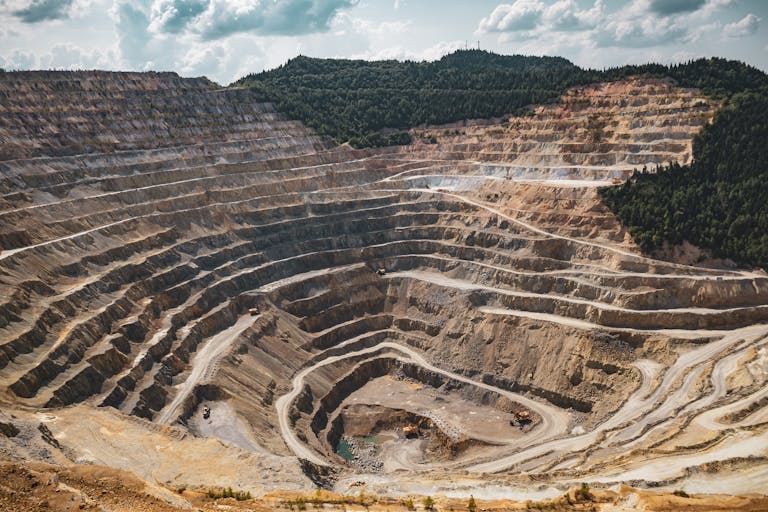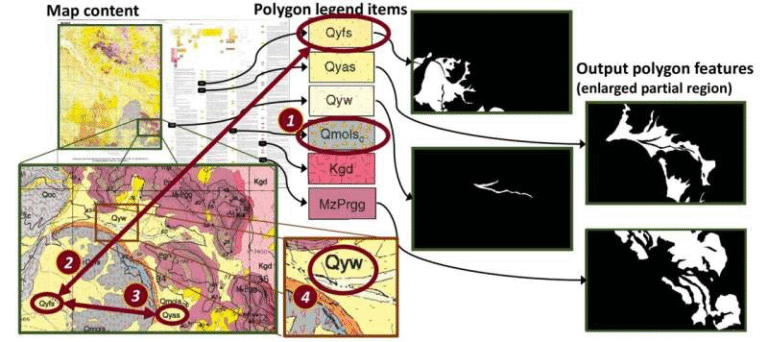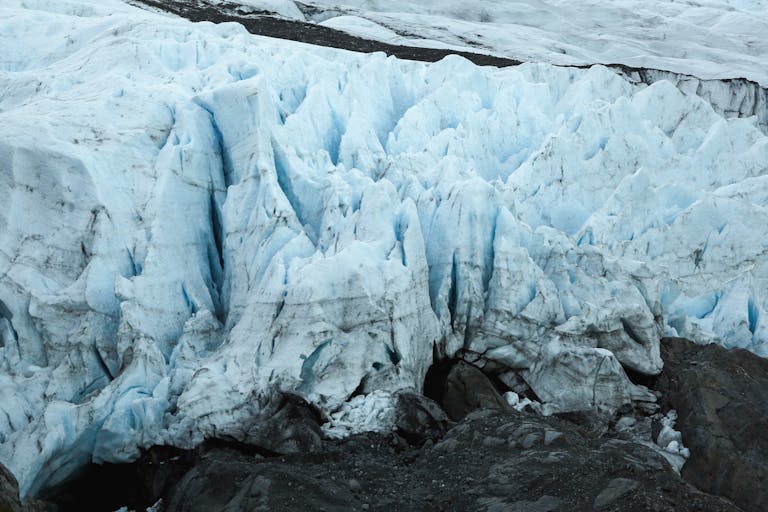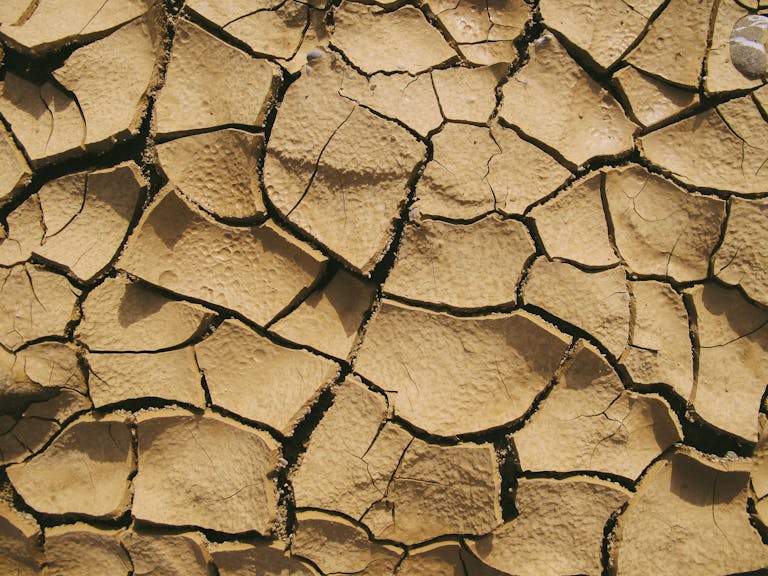Global Study Revises Greenhouse Gas Emissions from Tropical Inland Waters
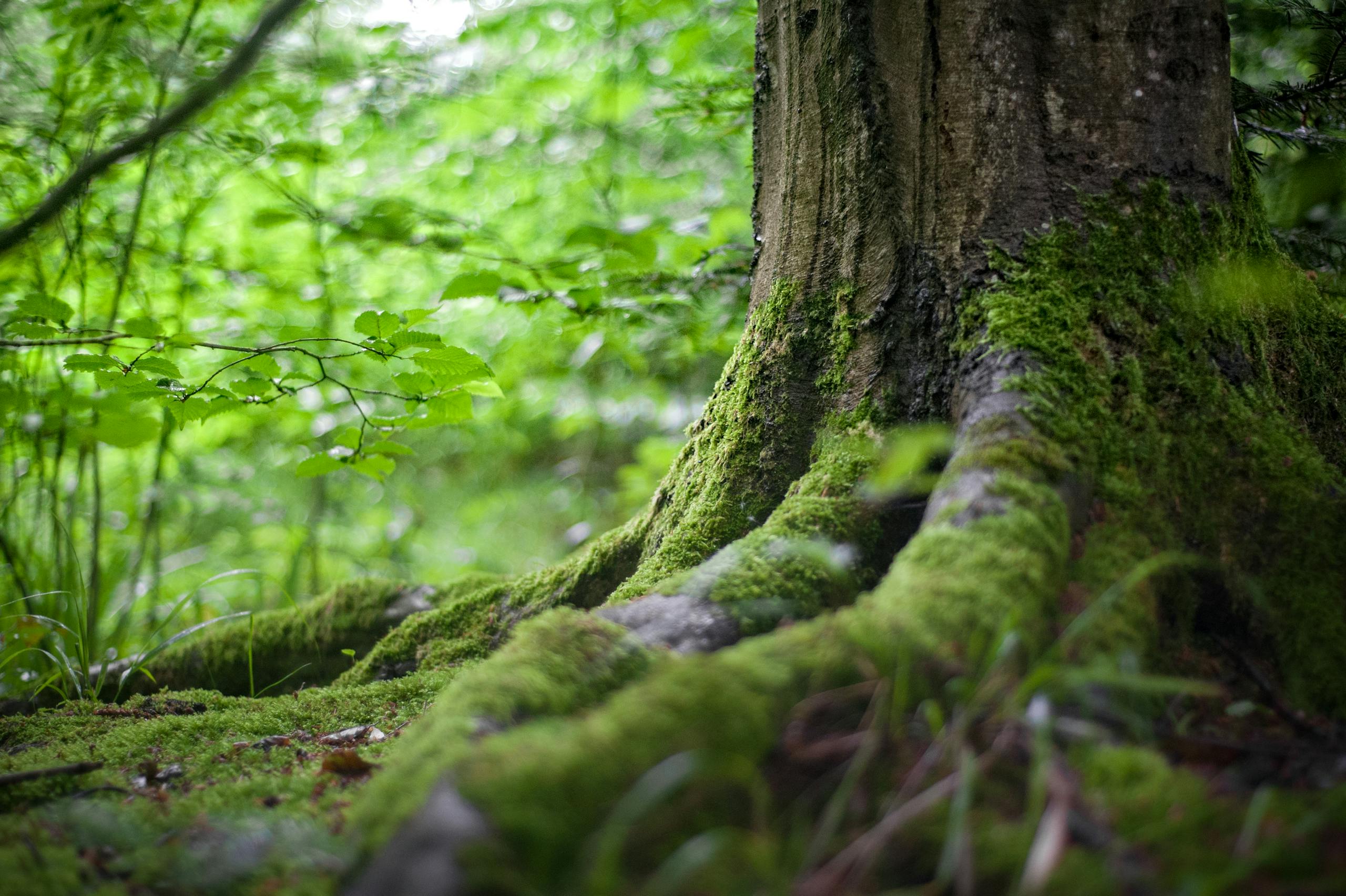
A major international study led by Charles Darwin University (CDU) has reshaped what scientists know about how much greenhouse gas (GHG) is released from tropical inland waters such as rivers, lakes, and reservoirs. The new research, published in Nature Water, reveals that these ecosystems produce significantly lower emissions than previous global estimates suggested—between 29% and 79% less.
This doesn’t mean tropical waters are unimportant in the carbon cycle. They still release vast quantities of carbon dioxide (CO₂), methane (CH₄), and nitrous oxide (N₂O). But the new data paint a more accurate, nuanced picture—one that acknowledges how diverse tropical landscapes really are.
What the Study Found
The research, titled “Hydroclimate and landscape diversity drive highly variable greenhouse gas emissions from tropical and subtropical inland waters,” compiled a massive dataset from tropical and subtropical regions around the world. It covered areas across South America, Africa, Asia, and northern Australia, many of which had previously been underrepresented in global emission models.
By combining data from hundreds of field studies, the team was able to produce new global estimates of how much greenhouse gas is being released from flowing waters (streams and rivers) and standing waters (lakes, ponds, and reservoirs).
The findings were surprising. Although tropical waters still play a significant role in global emissions, the total amount was found to be much smaller than scientists once believed. The study concluded that:
- Flowing tropical waters are responsible for about 46% of emissions from all inland waters globally.
- Standing tropical waters contribute roughly 8% of total inland water emissions.
- Overall, emissions from tropical inland waters are 29–79% lower than previously estimated.
These numbers emerged after the research team expanded their database and refined calculations to better represent tropical regions’ hydroclimate variability, landscape diversity, and human impacts.
Why It Matters
Greenhouse gases from inland waters form an important but often overlooked part of the global carbon budget. Traditionally, attention has focused on forests, oceans, and the atmosphere. But rivers, lakes, and wetlands are active players too—they transport carbon, decompose organic matter, and release gases into the air.
The new study helps correct long-standing assumptions that all tropical regions are uniform “hotspots” for greenhouse gas emissions. It turns out, they aren’t. The tropics are incredibly varied—ranging from lush rainforest floodplains in the Amazon and Congo to drier, less productive or even mountainous regions. Each environment releases different amounts of greenhouse gases depending on its climate, soil, vegetation, and human influence.
According to the researchers, tropical inland waters are not a single emission zone but a mosaic of ecosystems, each with its own behavior and environmental dynamics.
The Numbers in Detail
The study offers one of the most detailed breakdowns to date of tropical inland water emissions:
- Total emissions from tropical and subtropical inland waters: approximately 4,238 teragrams of CO₂ equivalents per year (Tg CO₂-eq yr⁻¹), with a range from 2,473 to 7,375 Tg CO₂-eq yr⁻¹.
- Flowing waters (rivers and streams):
- Carbon dioxide: ~3,387 Tg yr⁻¹ (range 2,121–5,702 Tg yr⁻¹)
- Methane: ~10.6 Tg yr⁻¹ (up to 28.8 Tg yr⁻¹)
- Nitrous oxide: ~0.62 Tg yr⁻¹ (up to 1.10 Tg yr⁻¹)
- Standing waters (lakes, reservoirs, ponds):
- Carbon dioxide: ~114 Tg yr⁻¹ (range 73–219 Tg yr⁻¹)
- Methane: ~5.4 Tg yr⁻¹ (up to 9.1 Tg yr⁻¹)
- Nitrous oxide: ~0.03 Tg yr⁻¹ (up to 0.05 Tg yr⁻¹)
An interesting detail is that small streams, known as first- to third-order streams, make up roughly 75% of all emissions from tropical rivers. Meanwhile, large lakes (those greater than 100 km²) are responsible for about 59% of the emissions from standing waters.
In short, tiny rivers and massive lakes do the heavy lifting in the tropics’ share of greenhouse gas release.
What’s Driving These Emissions
While all inland waters release gases naturally as part of organic matter decomposition, human activities amplify the problem. Agricultural runoff, deforestation, and urban pollution add nutrients and organic materials to rivers and lakes. This speeds up microbial activity, which in turn produces more CO₂, CH₄, and N₂O.
The study found that human-disturbed systems—those near farmlands or settlements—emit much higher levels of greenhouse gases than pristine forested areas. In regions like the Amazon Basin, where agricultural expansion and population growth are rapid, emissions are expected to increase in the coming decades.
Another major influence is hydroclimate, which includes rainfall patterns, flooding, and water temperature. In areas with seasonal floods, such as floodplains in northern Australia or the Congo Basin, large pulses of methane and carbon dioxide are released during high-water periods. Conversely, drier or high-altitude tropical regions release much less.
A Global Collaboration
This research is the result of collaboration among scientists from over a dozen countries, including Australia, Brazil, Singapore, China, Belgium, Switzerland, Germany, Sweden, Austria, Canada, France, the United States, and the Netherlands.
Dr. Clément Duvert, a senior research fellow at Charles Darwin University, led the effort. He emphasized that the goal was to provide a more accurate global assessment of tropical emissions by expanding the dataset to include many lesser-studied river systems and lakes.
Another contributor, Assistant Professor Gerard Rocher-Ros from Umeå University in Sweden, worked on estimating the total surface area of tropical rivers and analyzing data across the global network.
Implications for Climate Science
The findings have far-reaching implications for how climate scientists model global carbon cycles.
If tropical inland waters emit 29–79% less greenhouse gas than previously estimated, global models that include these ecosystems may need to be recalibrated. That could alter projections for how quickly atmospheric greenhouse gases are rising, and where mitigation efforts should focus.
However, even with this downward revision, tropical waters still account for a huge share of emissions from all inland waters—nearly half of the global total.
Another key takeaway is that local conditions matter. There is no one-size-fits-all model for the tropics. The variability in emission rates across landscapes means climate and conservation strategies must be region-specific, targeting the main drivers in each area—whether it’s nutrient runoff in agricultural zones or altered water flow in dammed river systems.
Why Streams and Lakes Emit Greenhouse Gases
To better understand why these ecosystems emit greenhouse gases at all, it helps to look at what happens within them:
- Carbon dioxide (CO₂): Produced when organic matter (like leaves or soil carbon) decomposes in water. In flowing rivers, constant mixing exposes the water to air, allowing CO₂ to escape more easily.
- Methane (CH₄): Generated under low-oxygen conditions, especially in stagnant waters or flooded soils. Tropical floodplains are often rich methane emitters.
- Nitrous oxide (N₂O): Formed mainly through microbial processes in nitrogen-rich environments. Agricultural runoff that carries fertilizers can greatly boost N₂O production.
All three gases trap heat, but methane and nitrous oxide are far more potent than carbon dioxide on a per-molecule basis. This makes even small releases significant for global warming.
The Role of Human Activity
The tropics are home to the fastest population growth and agricultural expansion on the planet. As farmlands, cities, and infrastructure continue to spread, more nutrients and organic matter flow into nearby rivers and lakes.
That’s why the researchers warn that, although tropical inland waters currently emit less than previously believed, their emissions are likely to rise as human activity intensifies.
Understanding how and when human activities influence these emissions is crucial for future management. Measures such as improving agricultural practices, restoring vegetation along riverbanks, and better wastewater management could help reduce GHG release from inland waters.
The Bigger Picture: Inland Waters and the Carbon Cycle
When people talk about the carbon cycle, they often imagine forests absorbing CO₂ and fossil fuels emitting it. But inland waters are an essential link between land and ocean carbon pathways.
Organic material and carbon from soils enter rivers and lakes through runoff. Some of this carbon gets buried in sediments, some travels to the ocean, and a significant portion is released back to the atmosphere as greenhouse gases.
Scientists now recognize that inland waters act both as carbon sinks and sources, depending on their chemistry and surrounding environment. This makes accurate measurement vital to balancing the global carbon budget.
What Happens Next
The authors say the next challenge is to separate natural emissions from those caused by human activities. Doing so would help policymakers understand how much of the current flux could be mitigated through management and conservation.
They also call for more data collection in under-studied tropical regions. Many areas—especially in Africa and Southeast Asia—still lack sufficient measurements. Expanding monitoring networks and improving satellite observations could further refine global models.
This study represents a major step forward, showing how a better understanding of landscape and hydroclimate diversity can reshape global environmental assessments.
Final Thoughts
The key message is clear: tropical inland waters are complex, dynamic, and highly variable. They’re not uniformly massive greenhouse gas emitters, but their emissions remain significant and increasingly influenced by human activity.
As climate models continue to evolve, these new insights will help make projections more accurate—and remind us that even small rivers and remote lakes are part of the global climate story.
Research Reference:
Hydroclimate and landscape diversity drive highly variable greenhouse gas emissions from tropical and subtropical inland waters – Nature Water (2025)
